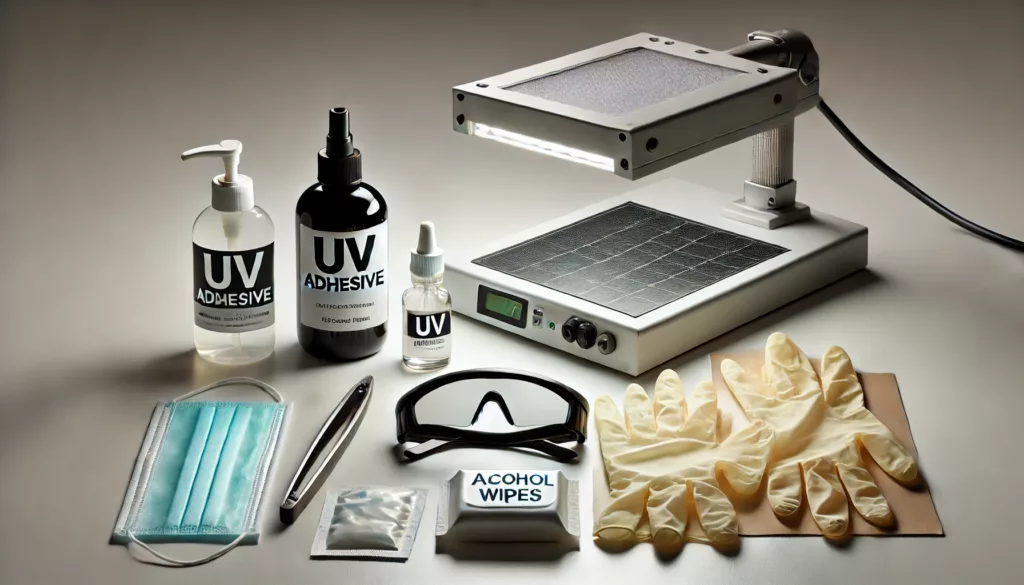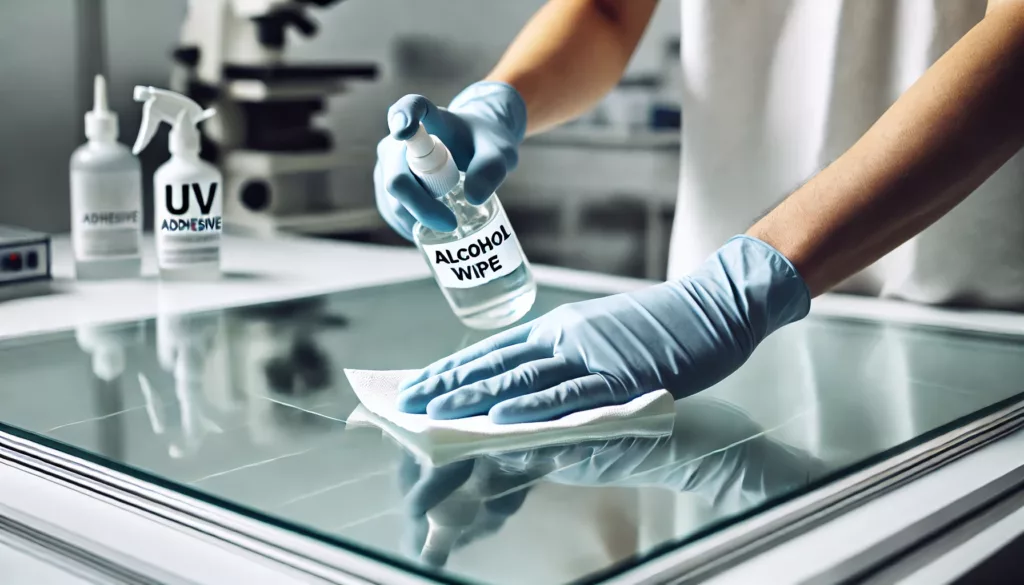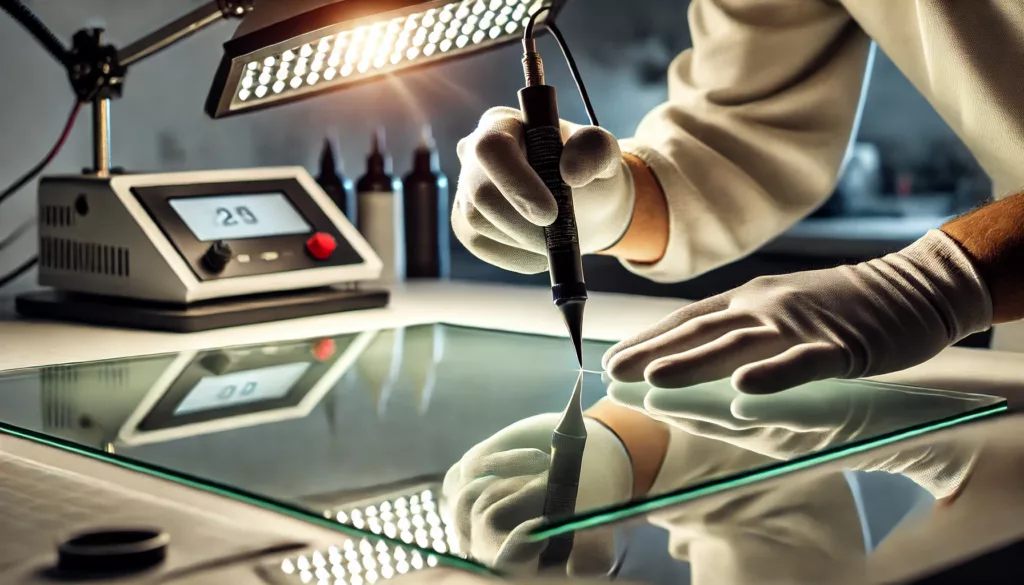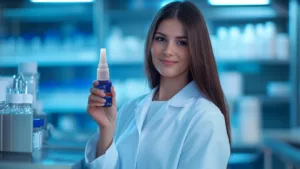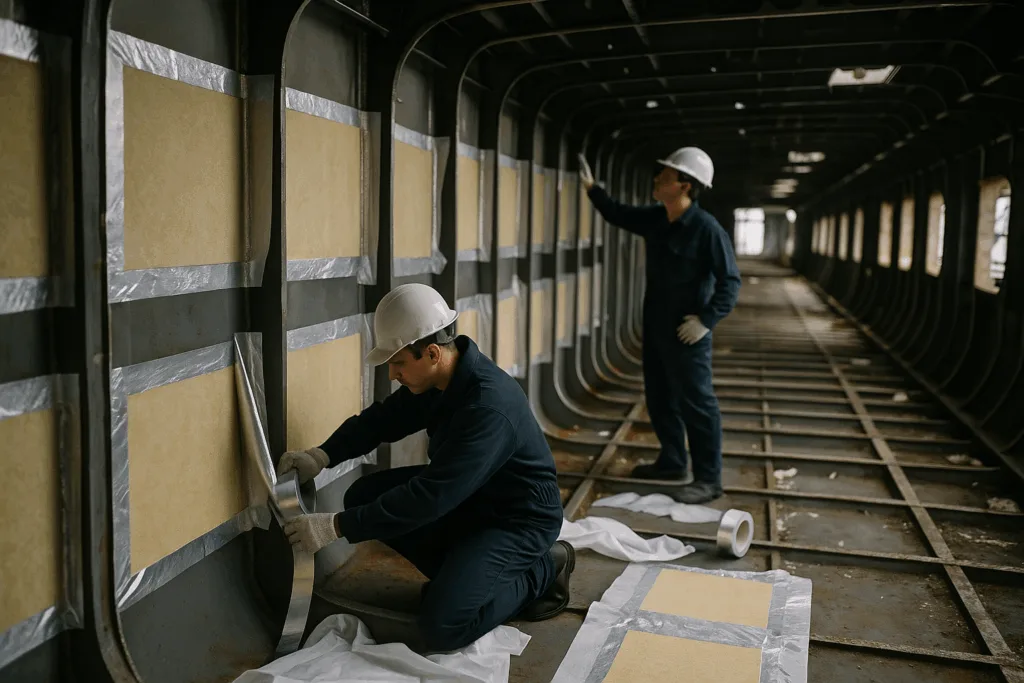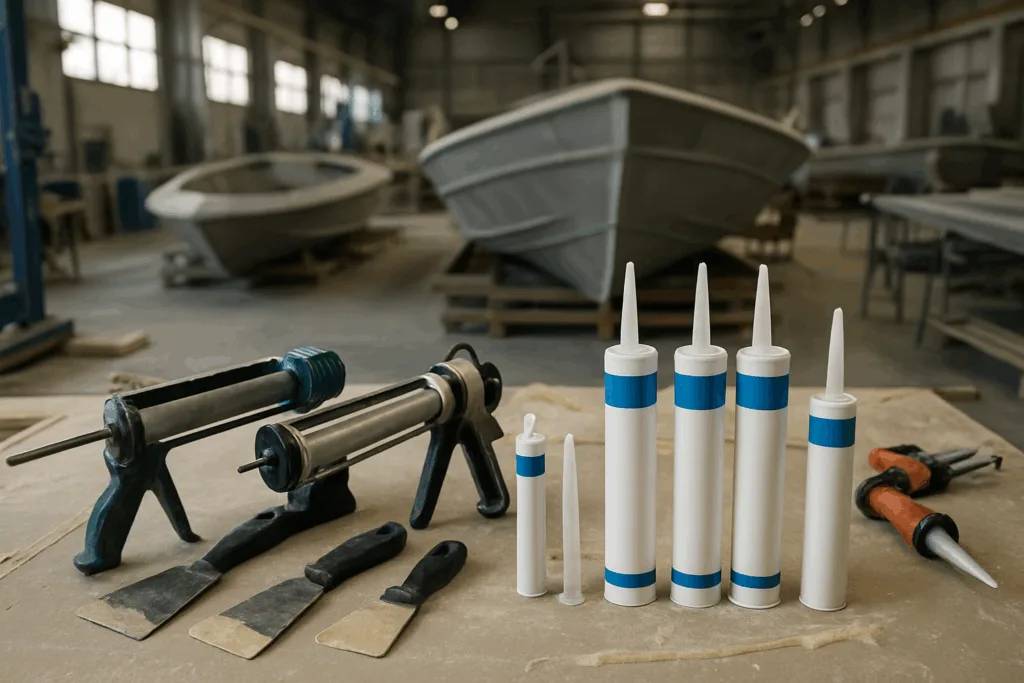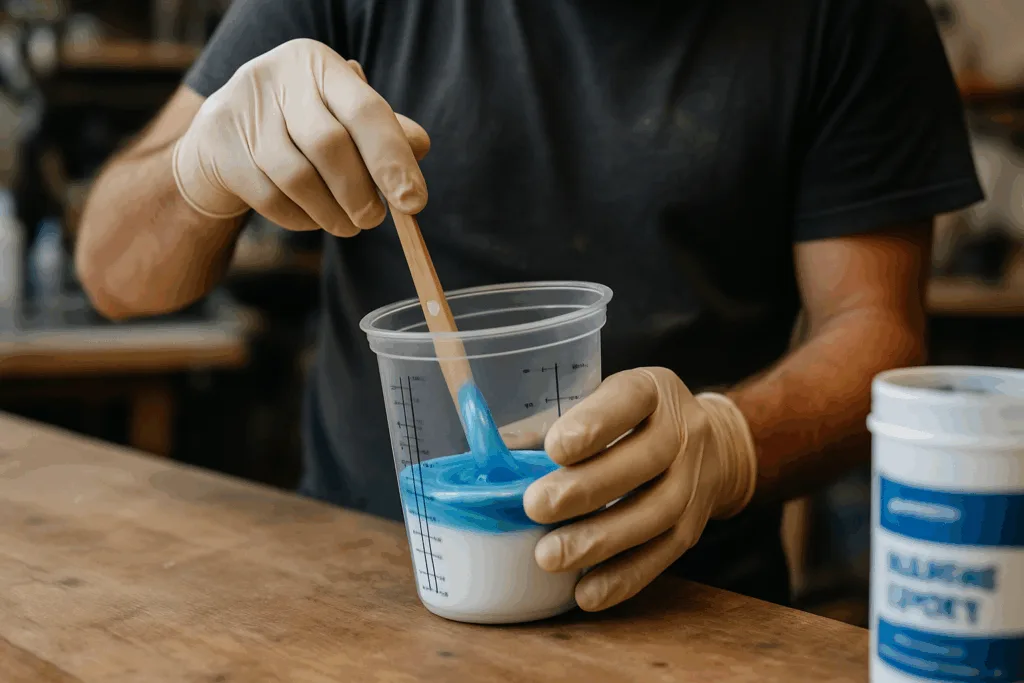UV adhesives, also known as light-curable adhesives, are versatile and efficient bonding solutions for various applications. These adhesives are activated by ultraviolet light, ensuring precision and strength for diverse materials, from glass to plastics. Whether you’re a DIY enthusiast or a professional in manufacturing, understanding the proper use of UV adhesives is crucial for achieving optimal results. This guide offers a detailed step-by-step walkthrough, ensuring you master the application process with confidence.
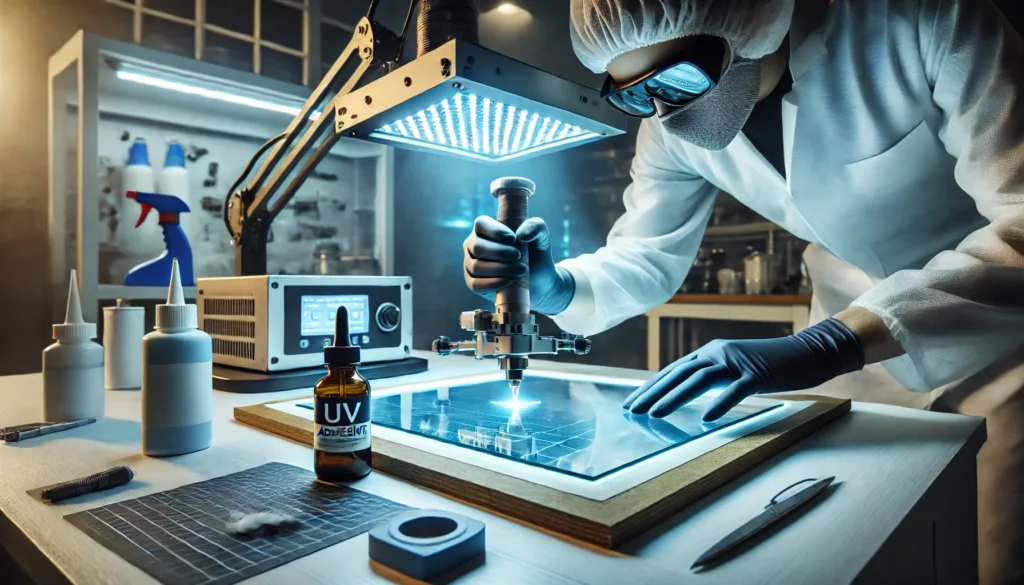
What Are UV Adhesives?
UV adhesives are a type of adhesive that cures upon exposure to ultraviolet light. Unlike traditional adhesives that rely on air-drying or chemical reactions, UV adhesives remain in a liquid state until exposed to the appropriate light spectrum. This unique curing method allows for precise application and minimizes waste.
Key Benefits of UV Adhesives
- Rapid curing process
- High bonding strength
- Excellent transparency for optical applications
- Suitable for a variety of substrates, including metals, glass, and plastics
Applications of UV Adhesives
UV adhesives are widely used in industries such as electronics, automotive, medical, and furniture manufacturing. They are commonly applied in assembling devices, bonding glass components, and sealing surfaces requiring airtight protection.
Step-by-Step Guide to Using UV Adhesives
1. Gather Your Materials
Before starting, ensure you have all necessary tools and materials:
- UV adhesive
- UV curing light source
- Surface-cleaning materials (e.g., alcohol wipes)
- Protective gloves and eyewear
2. Prepare the Surfaces
Cleanliness is paramount when working with UV adhesives. Dust, oils, or contaminants can weaken the bond. Use alcohol wipes or a similar cleaning solution to thoroughly clean the surfaces to be bonded.
3. Apply the Adhesive
Using an applicator, dispense the adhesive onto one of the surfaces. Be precise in your application to avoid excessive adhesive, which could lead to mess or weaker bonds.
4. Align the Components
Position the surfaces together carefully. UV adhesives allow repositioning before curing, so take your time to ensure alignment.
5. Expose to UV Light
Once aligned, expose the adhesive to the UV curing light. Hold the light source at the recommended distance and duration specified by the adhesive manufacturer. Proper exposure ensures a robust bond.
6. Check the Bond
After curing, test the bond’s strength by gently applying pressure to the joined surfaces. If the bond feels weak, reapply UV light to ensure complete curing.
Tips for Achieving the Best Results with UV Adhesives
Understand the Adhesive Properties
Different UV adhesives have varying cure times, viscosity levels, and bonding capabilities. Always read the product specifications before application.
Use the Right UV Light Source
Not all UV lights are created equal. Ensure your light source emits the correct wavelength for the adhesive you’re using.
Work in a Controlled Environment
Ambient light, temperature, and humidity can impact the curing process. Perform your work in a stable, controlled setting to maximize efficiency.
Common Mistakes When Using UV Adhesives
Inadequate Surface Preparation
Failing to clean surfaces thoroughly is a frequent error that compromises bond strength.
Insufficient UV Exposure
Not exposing the adhesive to UV light for the required time can result in incomplete curing.
Overapplication of Adhesive
Using too much adhesive can lead to seepage and weaken the bond.
Maintenance and Storage of UV Adhesives
Proper storage is essential to prolong the shelf life of UV adhesives. Keep them in a cool, dark place away from direct sunlight. Always seal the container tightly after use to prevent contamination.
FAQs
How do UV adhesives work?
UV adhesives cure when exposed to ultraviolet light, forming a strong bond between surfaces.
Can UV adhesives bond all materials?
While UV adhesives bond various materials, they work best with transparent or semi-transparent substrates like glass and certain plastics.
What is the curing time for UV adhesives?
Curing time depends on the adhesive type and light source but typically ranges from a few seconds to a couple of minutes.
Are UV adhesives safe to use?
Yes, when used properly. Always wear protective gear to avoid skin or eye exposure to UV light.
Can I undo a bond created with UV adhesives?
Removing a UV adhesive bond may require specialized solvents or mechanical tools, as the bonds are designed to be durable.
What should I do if the adhesive doesn’t cure properly?
Ensure the UV light source is functioning correctly and emitting the appropriate wavelength. Also, check the cleanliness and alignment of the bonded surfaces.
Conclusion
UV adhesives are powerful tools for achieving precise, durable bonds in various applications. By following this step-by-step guide, you can ensure successful use, from surface preparation to final curing. With careful application and the right tools, UV adhesives offer unmatched versatility and strength for both professional and personal projects.

